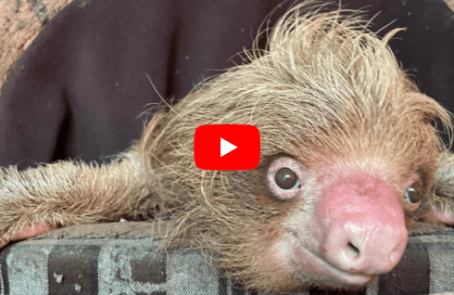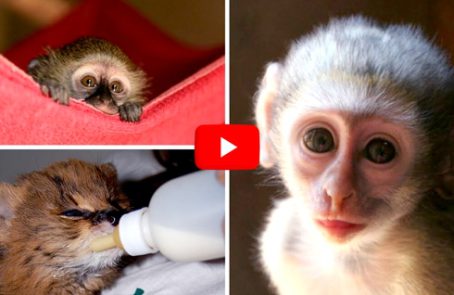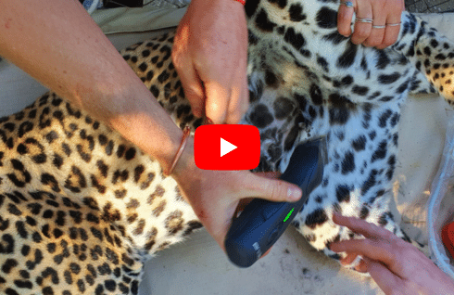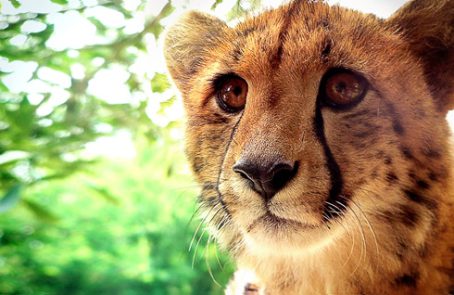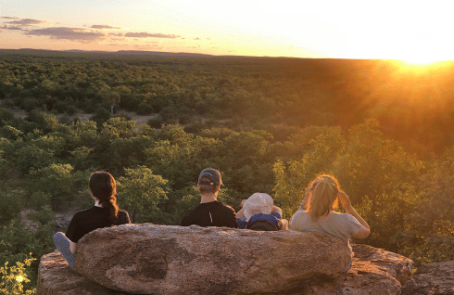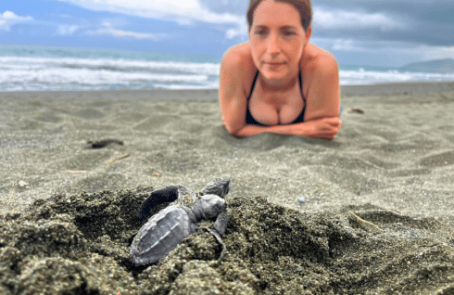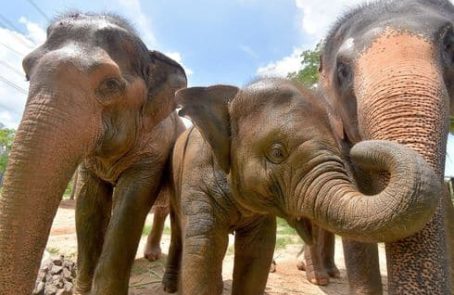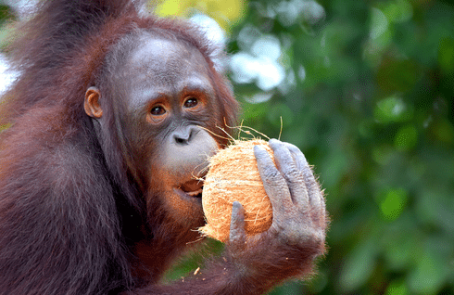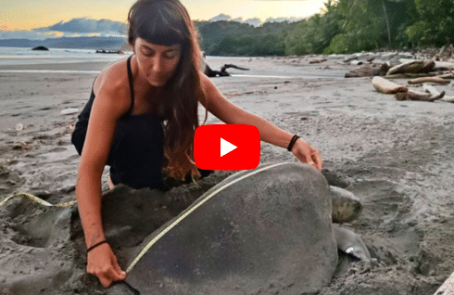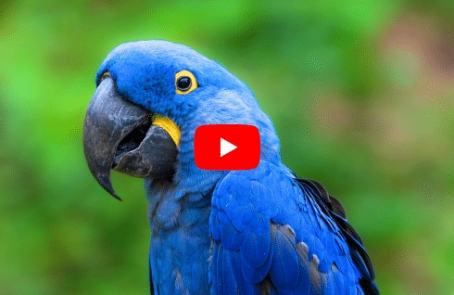There is an array of options for volunteering with animals. From assisting the cats and dogs at an animal shelter to improving the lives of the lions of our Wildlife Sanctuary project in Africa, the opportunities are endless. The most popular option for animal lovers, and more specifically wildlife volunteers, is volunteering at a wildlife sanctuary. So what exactly is a wildlife sanctuary? A wildlife sanctuary acts as a haven for injured wildlife or animals that have been rescued from illegal trading, poaching and related animal atrocities. Sanctuaries that have taken in injured wildlife to rehabilitate the animals and, when possible, release them back into the wild. Wildlife that has been rescued from illegal trading and breeding centers are oftentimes unable to survive on their own in the wild due to their captive upbringing. These animals are given the opportunity to live out the rest of their lives in the best way possible at the sanctuary. There are many things to take into consideration; however, for choosing a specific sanctuary to volunteer at, which will be explored in this article.
Types of Wildlife Sanctuaries
Within this category there are many options, suitable for every kind of wildlife volunteer. The two main categories are described below.
1. Animal-Specific
This type of sanctuary is suitable for volunteers who are searching to enrich the lives of one specific type of animal at a time. Our Puma Sanctuary, Wild Cat Sanctuary, Elephant Refuge, Sloth Rescue Center, Rhino Orphan Sanctuary and the Giant Panda Center programs are perfect examples of the animal-specific type.
2. General
For volunteers who prefer to work with a variety of local wildlife, a general wildlife sanctuary is the ideal option. Over the years, our South African Wildlife Sanctuary program has taken in lions, elephants and more. Our Costa Rican Animal Rescue program has taken in a variety of injured local wildlife, including sloths, peacocks, parrots and even jaguars. These types of wildlife sanctuaries allow volunteers to lend a helping hand to a variety of different species, expanding their animal learning experience.
General Sanctuary Volunteering Tasks
While each and every one of our wildlife sanctuary opportunities is unique in its own way, there is inarguably a general list of volunteer tasks that remains consistent throughout the category. The three most common daily tasks include food preparation, general maintenance around the sanctuary and the cleaning and maintenance of enclosures. Some sanctuaries allow for the hand-feeding of animals, while others do not. Some sanctuaries have volunteers focus more on the maintenance of the sanctuary and growth of fruit trees and other food-bearing plants. Reading the “Volunteer Work” section of a project page will help to give you a clear understanding of each sanctuary’s specific volunteer expectations.
Wildlife Sanctuary Ethics
It is important to note that GoEco’s wildlife sanctuaries are not petting zoos. GoEco believes that all wildlife should enjoy the most natural life possible. Our Big Cat Refuge, for example, allows volunteers to prepare food for the big predators, create enrichment toys for them and engage in activities that do not involve directly touching the animals. Our Cambodian Elephant Sanctuary follows a similar ethical model and has volunteers engage tasks that support the animals’ habitat, such as maintaining the grounds and the plants that feed the elephants, rather than directly interacting with the elephants. Select sanctuaries do have ambassador animals that were raised by humans, either to be kept as pets or used for illegal trading, and these animals unfortunately cannot be released back into the wild. Some of these ambassador animals are accustomed to human contact and may be touched when being hand-fed or during medicine distribution; however, this is based on the availability, safety and well-being of the ambassador animals, and will be at the sole discretion and under the supervision of the sanctuary staff. In general, direct contact with wildlife is not promoted.
Who Can Volunteer at a Wildlife Sanctuary?
All wildlife volunteers need to bring with them a passion for caring for animals. Aside from this, most wildlife sanctuaries will accept any volunteer who is ready to put in the required effort. Veterinary students tend to gain a lot from these projects, mostly professional experience, but anyone who wants to make a difference in the lives of injured and rescued animals is welcome too! There is no requirement whatsoever to be enrolled in a veterinary school. Depending on the specific sanctuary, families with children may also be welcome.
Choosing a Sanctuary – All About Location
The location of a wildlife sanctuary is a key part of the selection process. The location determines the specific animal species that will be present at that particular sanctuary and also affects the various activities available to enjoy on your free time.
South Africa tends to be the most popular choice for all programs in the “General wildlife” category. This is due in large part to the vast number of indigenous wildlife, and more specifically, to Africa’s Big Five (lion, leopard, rhinoceros, Cape buffalo and elephant.) Our Wildlife Rehabilitation Center has been home to these specific animals and more.
Sloths have won our hearts in social media lately. A rather understudied group of wildlife, many sloths have been rescued from the illegal pet trade. Our sanctuaries at the Animal Rescue and Conservation program in Costa Rica have been home to indigenous two-toed sloths, spider monkeys and jaguars!
The Animal Sanctuary Program in Peru is a unique opportunity for volunteers to work with over 100 wild animal species in the Amazon jungle, focusing on rehabilitating animals affected by human activities like logging and illegal wildlife trafficking. Established in 2005, the sanctuary not only cares for a large number of animals but also plays a crucial role in releasing them back into their natural habitat, with volunteers being integral to daily operations and the overall mission of wildlife conservation.
The country “down under” is most famously known for its indigenous kangaroo population. Our Wild Animal Sanctuary project in Australia has been home to kangaroos, koalas, porcupines, birds and other small animals.
Volunteer at a puma sanctuary near Cordoba, focusing on conservation of pumas and other native species amidst Argentina’s stunning landscapes.
Educational Benefits
Being a volunteer at a wildlife sanctuary not only allows people to enhance the lives of rescued and injured animals, but also provides invaluable learning opportunities regarding wildlife and conservation issues. Veterinary students may be able to earn course credit for their time volunteering, but non-veterinary students can also gain a lot from the experience. When a volunteer visits one of our many sanctuaries, they not only provide and care for each animal there, but they also learn about the inside stories behind how each animal arrived. Hearing the stories of animals that have been rescued from poachers, rescued from illegal trading or injured from being kept as pets raises awareness for wildlife conservation. Each individual animal has its own story, and each country in particular has its own wildlife conservation challenge. For example, the tigers and lions at our Big Cat Refuge in South Africa have all been rescued from illegal breeding centers whereas many of the sea turtles at our Bali Sea Turtle Rescue volunteer program have been taken from the sea and kept as pets by Bali’s local residents. Those who choose to volunteer abroad with animals have the opportunity to not only help indigenous wildlife, but to also raise awareness of the issues affecting them within that local community.
In Summary
All in all, the choice to volunteer at a wildlife sanctuary should be a simple one. Do you wish to lend a helping hand to animals that have been rescued or are injured? Do you want to rehabilitate and release healed, healthy wildlife back into the wild? Then this type of volunteer program is perfect for you! You can help innocent animals, help an existing sanctuary stay sturdy and strong and spread your newly- acquired knowledge about wildlife conservation to local communities while abroad and to friends and family when you return home. The only question that remains is which of our wildlife sanctuaries you want to choose first. Make the most of your desire to volunteer and try booking two programs, back-to-back!

